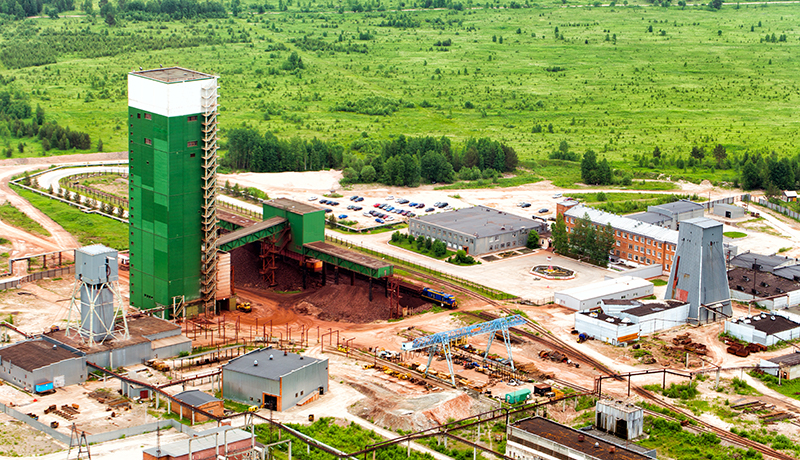|

|
|
In 2018, COG's mandate was expanded to include "advanced technologies”, demonstrating that the COG Collaboration Model is beneficial to non-CANDU technologies. There is much to be gained by bringing existing expertise together with emerging technology for successful deployment.
Through COG, members, Small Modular Reactor (SMR) vendors and partner organizations are sharing information, pooling resources, and working together to develop and deploy SMRs in support of climate change goals.
COG’s fully-formed collaboration model and infrastructure – from its governance to its highly-skilled professional staff – offers an ideal mechanism to collaborate on development of new SMR technologies, approaches and common input into regulatory frameworks.
Working together, we are building a vibrant SMR industry based on the collaborative model that has been used to achieve CANDU excellence for almost four decades.
|
|
COG members, and the nuclear industry as a whole, are proceeding with the development and deployment of advanced technologies and small modular reactors (SMRs) in Canada and worldwide.
In response to this, COG established a SMR Program consisting of:
-
The Small and Medium Reactor Technology Forum (SMRTF) and related Task Teams;
-
and The COG SMR Vendor Participant Program (SMR VPP).
These groups were established to drive a collaborative effort to accelerate the development and implementation of SMRs – for both flexible on-grid and alternate applications, including providing energy self-sufficiency in remote areas. An integrated and collaborative approach brings advantages by de-risking plans for all partners.
Additionally, COG facilities the following industry forums:
-
The CEO Forum, which is lead by the utility CEOs and provides direction to the CEO SMR Forum Working Group.
-
The CEO Forum Working Group, which is led by the utilities to share information and make progress on key strategic areas of interest to support new nuclear deployment in Canada. This group supports strategic areas of interest identified by the CEO Forum.
Other COG SMR activities include participation in SMR workshops, joint projects, international harmonization initiatives and COG peer group engagement.
To learn more about the COG SMR Vendor Participant Program,
click here.
|
|


Ontario, New Brunswick, Alberta and Saskatchewan are four Canadian provinces that are considering SMR development for on-grid and alternate applications, including deployment in remote communities. Ontario Power Generation is progressing planning and licensing for SMRs at the Darlington site (top) with commercial operation as early as 2029. New Brunswick Power is working with its partners to progress advanced reactor technologies in the province, which could benefit its small communities and urban areas like Saint John’s (lower photo).
|
|
 Mining and remote-site projects like this one (above) can benefit from self-sufficient and low-carbon energy from micro and small modular reactors. Mining and remote-site projects like this one (above) can benefit from self-sufficient and low-carbon energy from micro and small modular reactors.
|
|
COG’s SMR Program helps COG members and participants collaborate in the following areas:
-
Review of the Canadian regulatory framework;
-
Development of white papers (security, liability, etc.);
-
Considerations with respect to fuel supply and security, and radioactive waste.
The COG SMR program and leadership staff are knowledgeable with a pulse on what is happening in the industry. They provide a valuable resource and bring an important contribution to the industry as it plans to build SMR fleets to be deployed in the years to come.
|

